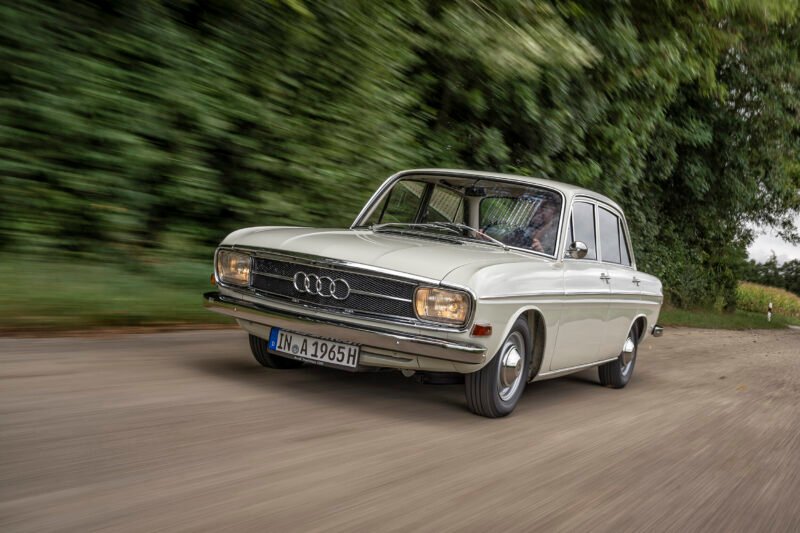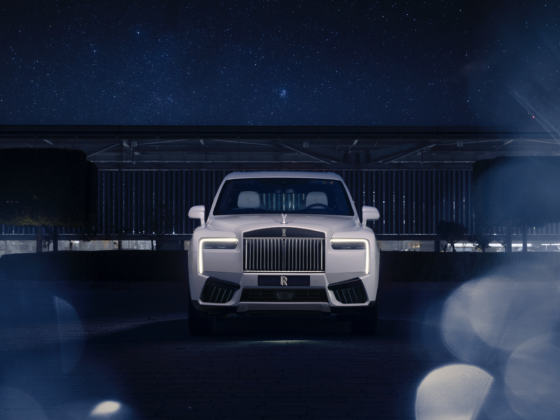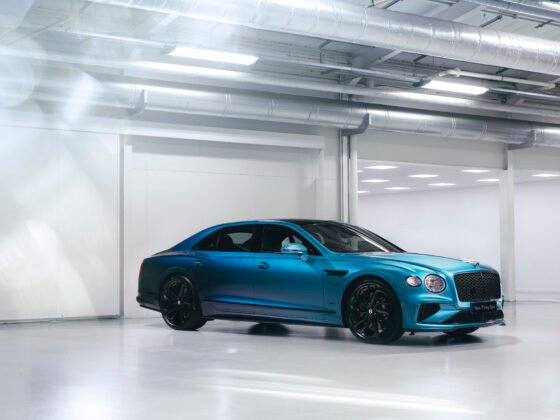In August 1965, a new chapter began for Audi as the brand rolled out its first post-war vehicle from Ingolstadt — the car that would become known as the “new Audi.” Sixty years on, this milestone continues to resonate as a pivotal moment in the brand’s journey from post-war uncertainty to automotive innovation. Internally designated as the F 103, this groundbreaking model marked the resurrection of the Audi name after a 25-year hiatus, and the beginning of a new era for the four rings.
The backdrop was far from ideal. Germany was still emerging from the devastation of World War II, and Auto Union GmbH, Audi’s precursor, was in economic distress. Having relied on aging two-stroke DKW models, the company struggled to appeal to an increasingly discerning consumer market. The turning point came when Daimler-Benz AG, the then-parent company, provided a modern four-stroke engine and dispatched engineer Ludwig Kraus to lead development. What emerged was a car that was not only technically advanced but also emotionally symbolic of resurgence.

Unveiled at the 1965 IAA (International Motor Show), the new Audi featured a 72 PS four-cylinder, four-stroke engine and marked a bold departure from two-stroke engineering. Its clean, modern design and enhanced performance laid the foundation for a full range of successors. The Audi 80, Audi Super 90, Audi 75, and Audi 60 all followed, each advancing the brand’s reputation and helping re-establish Audi as a force in the premium automobile sector.
Technically, the F 103 introduced innovations like inboard-mounted disc brakes and an optional upscale trim with an “L” designation. Despite its humble four-speed manual transmission with a column shifter, the car’s performance was well-regarded. The Super 90 variant, for instance, topped 160 km/h — an impressive feat in its era. With the launch of additional body styles like station wagons and the popularity of the Audi 60, which sold over 216,000 units, the series was both commercially and critically successful.
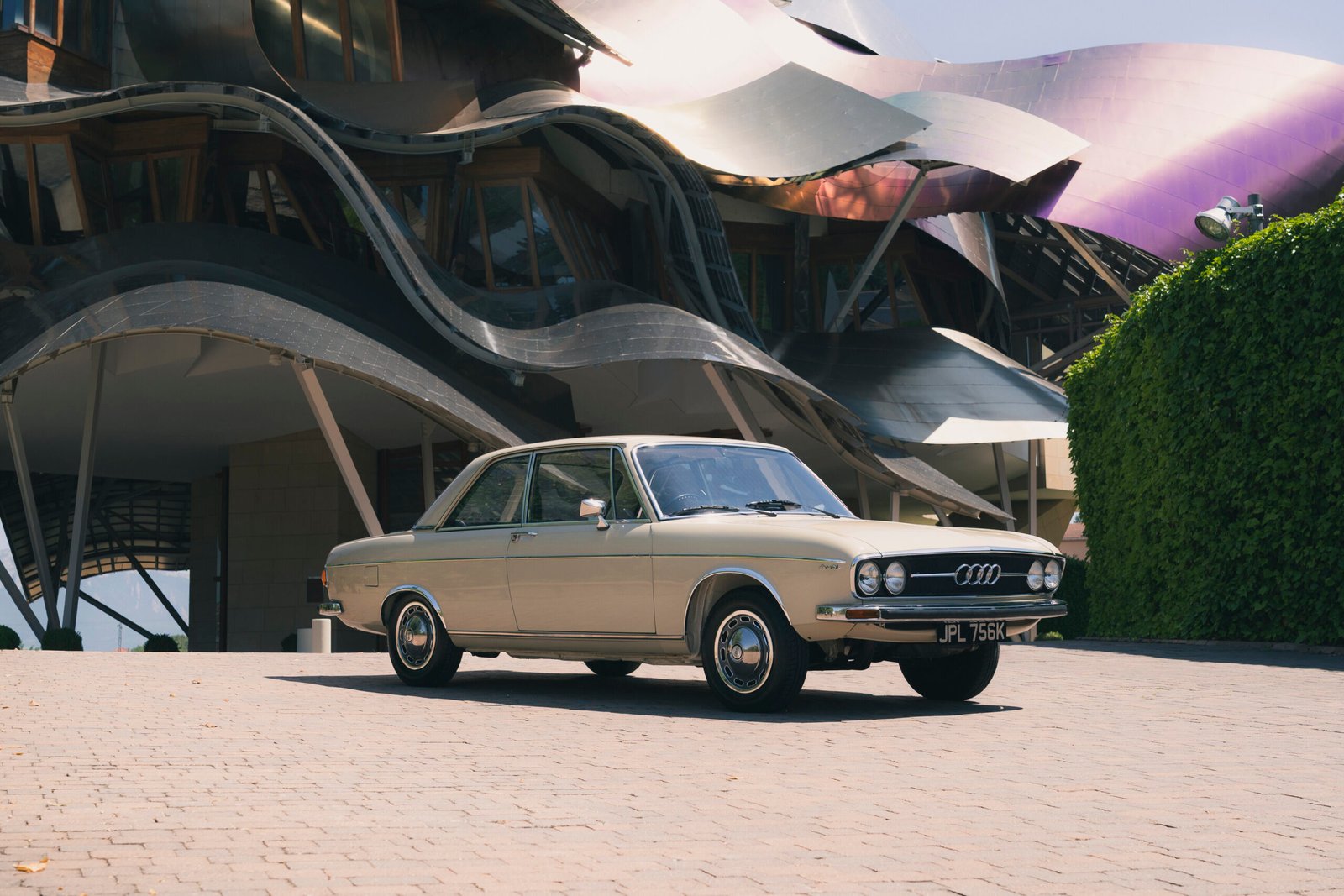

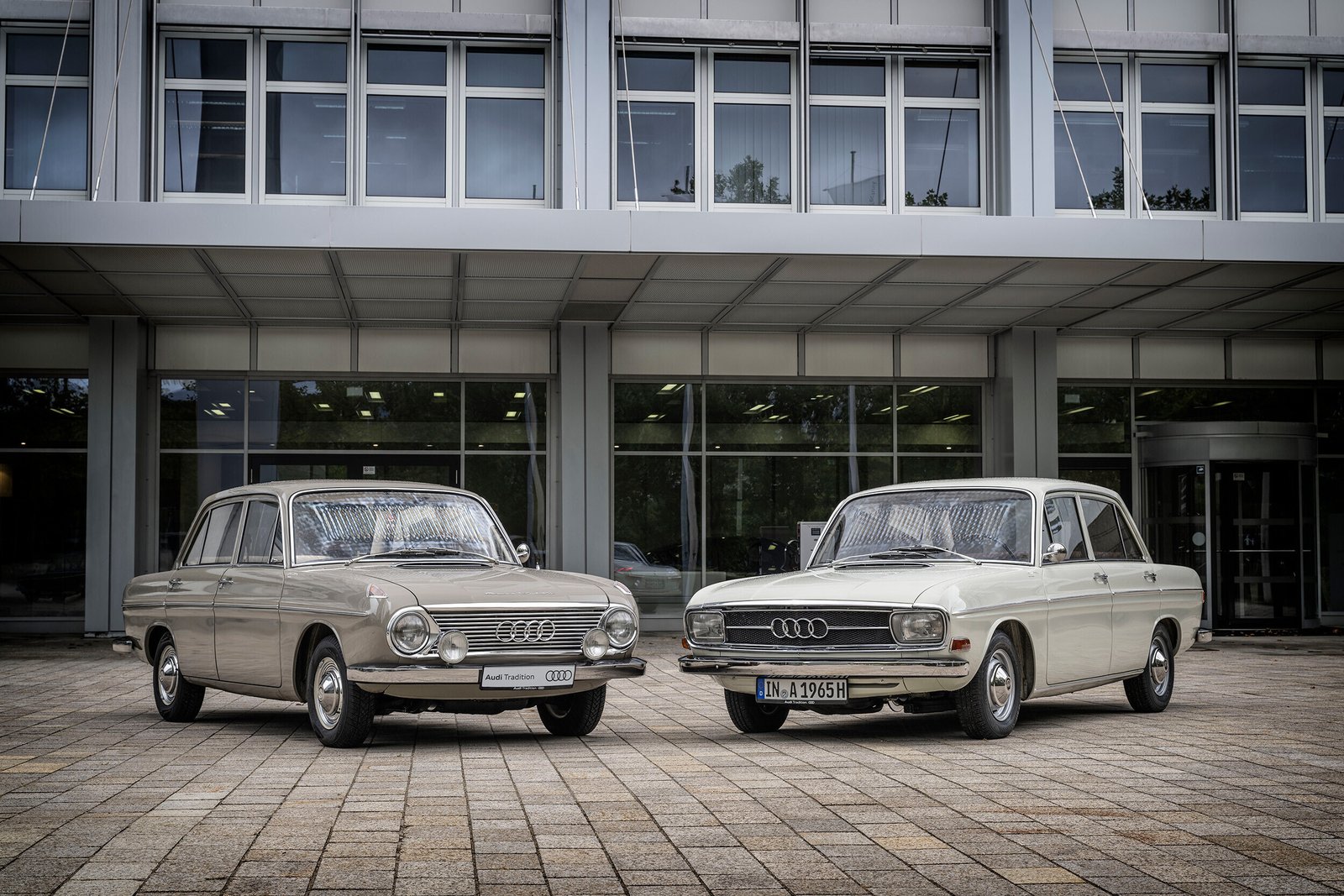
The rebirth of the Audi name in 1965 did more than just introduce a new car — it forged a new identity. Though Auto Union GmbH wouldn’t officially become AUDI AG until 1985, the launch of the F 103 planted the seeds of independence and innovation. For many, this car symbolised the blending of heritage and modernity, marrying the iconic pre-war Audi identity with a forward-thinking engineering approach.
To commemorate this landmark, Audi Tradition will host a public lecture on July 23 at the Audi museum mobile in Ingolstadt. Historian Ralf Friese will explore how the F 103 shaped Audi’s destiny and contributed to its status as a pioneering premium brand. The talk, open to all with prior registration, invites fans and enthusiasts to reflect on six decades of Audi innovation and resilience.
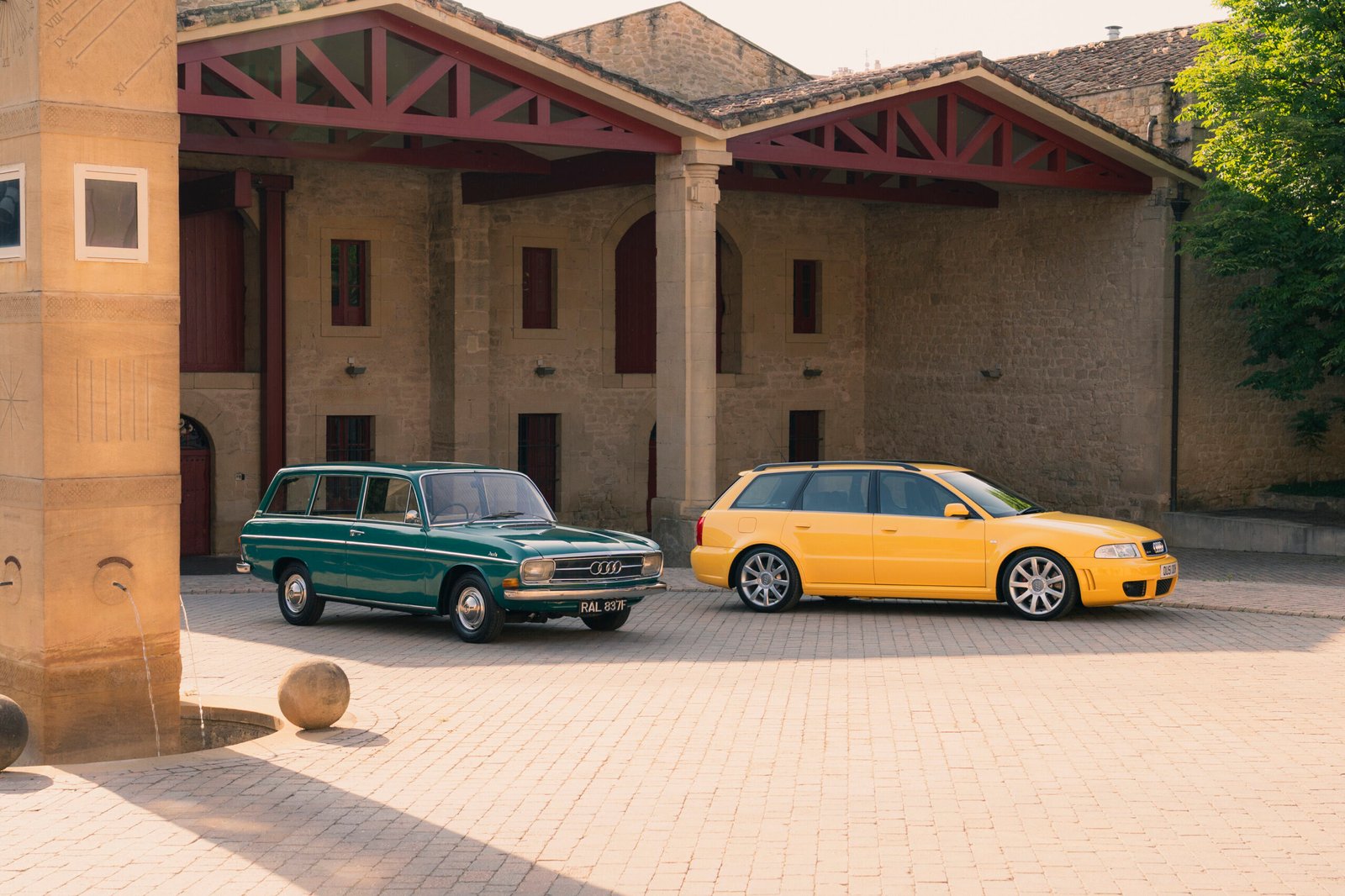
Over its seven-year production run, the F 103 series subtly evolved with design tweaks, improved dashboards, and enhanced ergonomics. But it was more than a sum of its mechanical parts. It captured a post-war generation’s aspirations, gave new purpose to Auto Union’s skilled engineers, and proved that reinvention is possible even in the most challenging circumstances.
As Audi continues to innovate in electrification, digitalisation, and sustainability, the F 103 stands as a powerful reminder of where it all began. It tells the story of not just a car, but a comeback — one that would ultimately define a legacy of progress through technology.

